Artificial Lift and Production Optimization Solutions

DISCIPLINE: Engineering, Unconventional Reservoirs
COURSE LENGTH: 5 Days
CEUS: 4.0
AVAILABILITY: Public & In-House
WHO SHOULD ATTEND: Production engineers and field operators, Reservoir engineers, Completion Engineers, Drilling and facilities engineers working in integrated project teams. Anyone who is interested in learning about selection, design, analysis and optimum operation of artificial lift and related production systems. Project and asset managers interested in expanding their understanding of the effects of artificial lift on the performance of their assets.
COURSE DESCRIPTION: Ever increasing demands related to cost savings and efficiency improvement require that the existing as well as planned oil and gas production assets are fully and optimally utilized. Since most-all oil and gas wells require artificial lift for most of their productive life, the artificial lift systems are important part of production operations for the entire lifecycle of an asset. Careful selection, design and operation of artificial lift equipment is extremely important for profitability. Efficient and cost-effective production workflows involve field management using digital oilfield concepts. Understanding of these important production concepts are a must to profitably exploit the existing assets fully.
The objective of this course is to:
- Provide an awareness of the fundamentals of production by introducing fluid flow, flow correlations, PVT/Black Oil, and discussing the inflow performance relationship (IPR), vertical lift performance (VLP), nodal analysis, and pressure gradient curves.
- Introduce applications of major forms of artificial lift like gas-lift (GL), reciprocating rod lift (RRL), electrical submersible pumping (ESP), progressing cavity pumping (PCP), hydraulic jet and piston pump (HJP), plunger and capillary injection.
- Provide knowledge to the participants about the entire lift system – from downhole to the surface – and relevant components for GL, RRL, ESP, PCP, HJP, and Plunger.
- Discuss challenges facing lift applications.
- Introduce digital oilfield and related aspects specific to artificial lift.
- Explore the importance of downhole monitoring and surface measurements.
- Artificial lift systems are important part of production operations for the entire lifecycle of an asset. Often oil and gas wells require artificial lift for most of the life cycle. Efficient and cost-effective production workflows involve field management using digital oilfield concepts. Understanding of these important production concepts are a must in order to profitably exploit the existing assets to the fullest extent.
LEARNING OUTCOMES:
- A thorough treatment of artificial lift techniques for production optimization.
- The basics and advanced concepts for each form of artificial lift systems from downhole to the surface including real-time optimization equipment and software.
- Using appropriate software tools, how lift components are designed and analyzed.
- Challenges facing lift applications.
- Artificial lift selection and life cycle
- How digital oilfield tools help address these challenges. Recent advances in real-time approaches to the production monitoring and lift management from field case studies
COURSE CONTENT:
COURSE CONTENT:
Day 1: Systems Analysis and Gas-Lift
- Pre-test
- Multiphase flow
- Inflow / Outflow Performance
- Artificial Lift Systems: Basics, Why/What/How.
- Continuous Gas-lift Overview, Applications, Pluses/Minuses
- Mandrels, Valves
- Well Performance Curve; Design example
- Troubleshooting & Surveillance
- Optimization Approaches
Day 2: Reciprocating Rod Lift
- RRL Chain, Pump Motion, Applications, Pluses/Minuses
- Pump and Dynamometer cards
- Surface Pumping Units
- Rod Strings & Rod Life
- Optimization using RPC, VFD
- Design example
- Special conditions: gas interference, deviated wells, heavy fluids
Day 3: Electrical Submersible Pumping (ESP)
- ESP Overview, Applications, Pluses/Minuses
- Pump, Intake, Gas Separator, Seal, Motor, Cable, Surface Equipment
- Basic ESP Design
- Well Performance Curve and Design considerations, Example
- ESP Problems
- Automation
Day 4: PCP, Hydraulic Lift, Gas Well De-liquification
- Progressing Cavity Pump (PCP)
- Overview, Applications, Pluses/minuses
- PCP Pump Fundamentals
- Surface Equipment
- System Design considerations, Example
- Alternative configurations
- Hydraulic lift
- Basics; applications, Pluses/minuses
- Pumps, Surface Equipment
- Non-Traditional Uses
- Gas Well De-liquification Problem
Day 5: Capillary, Plunger Lift, Digital Oil Field
- Capillary Injection
- Applications, Pluses/minuses
- Chemical Delivery
- Selection considerations
- Special applications in Shale, long perforations
- Plunger lift applications, pluses/minuses
- Plungers, BHA
- Surface setup
- Selection
- Digital oil field: What & Why
- Components
- Data Management
- DOF Case study
- Artificial lift selection: lift life-cycle and lift changeovers
- Post-test
Note:
This course is customizable from one to five-days length for a variety of audiences at appropriate skill and knowledge levels. Shorter and concise curriculum is available for project and asset managers interested in expanding their understanding of the effects of artificial lift on the performance of their assets.
